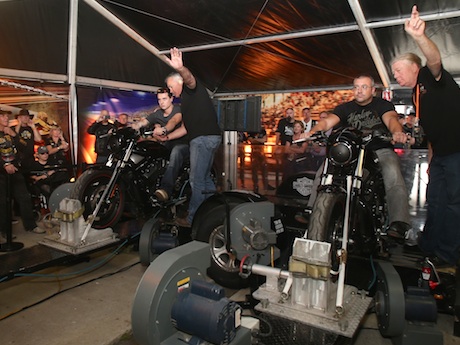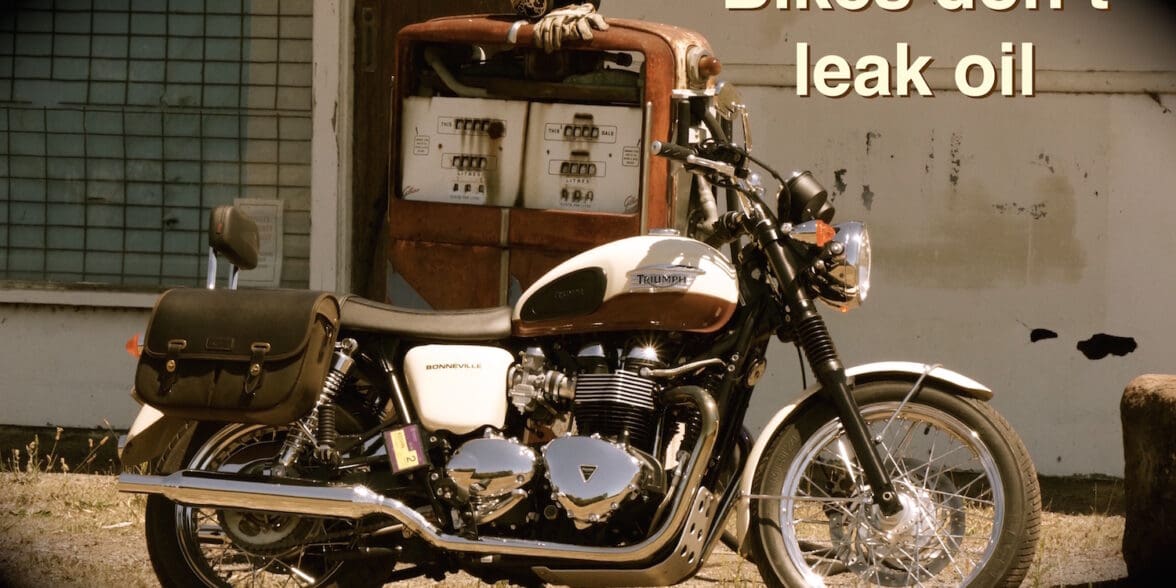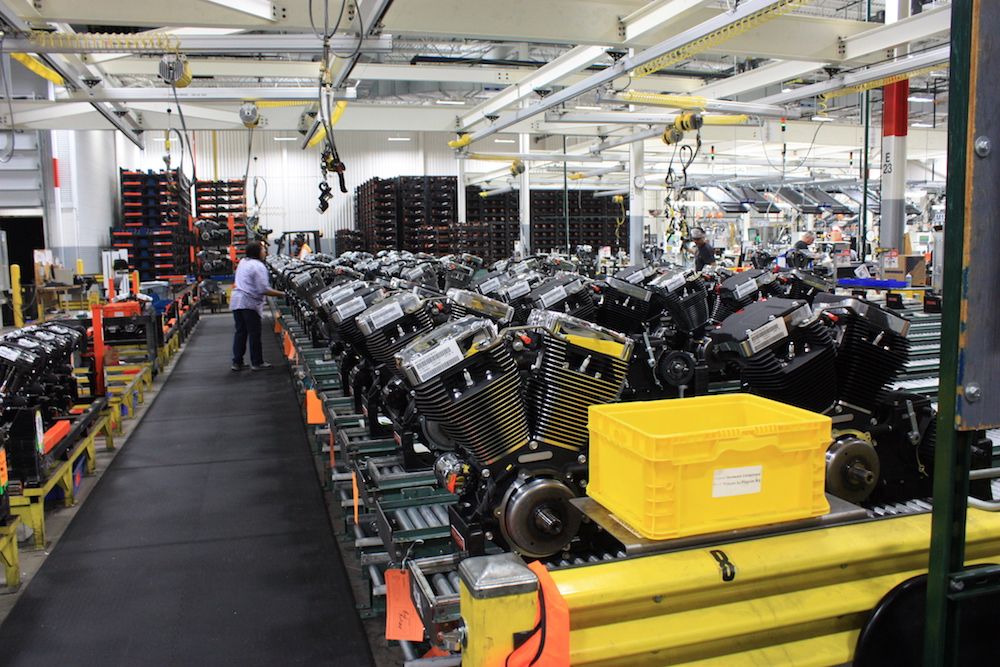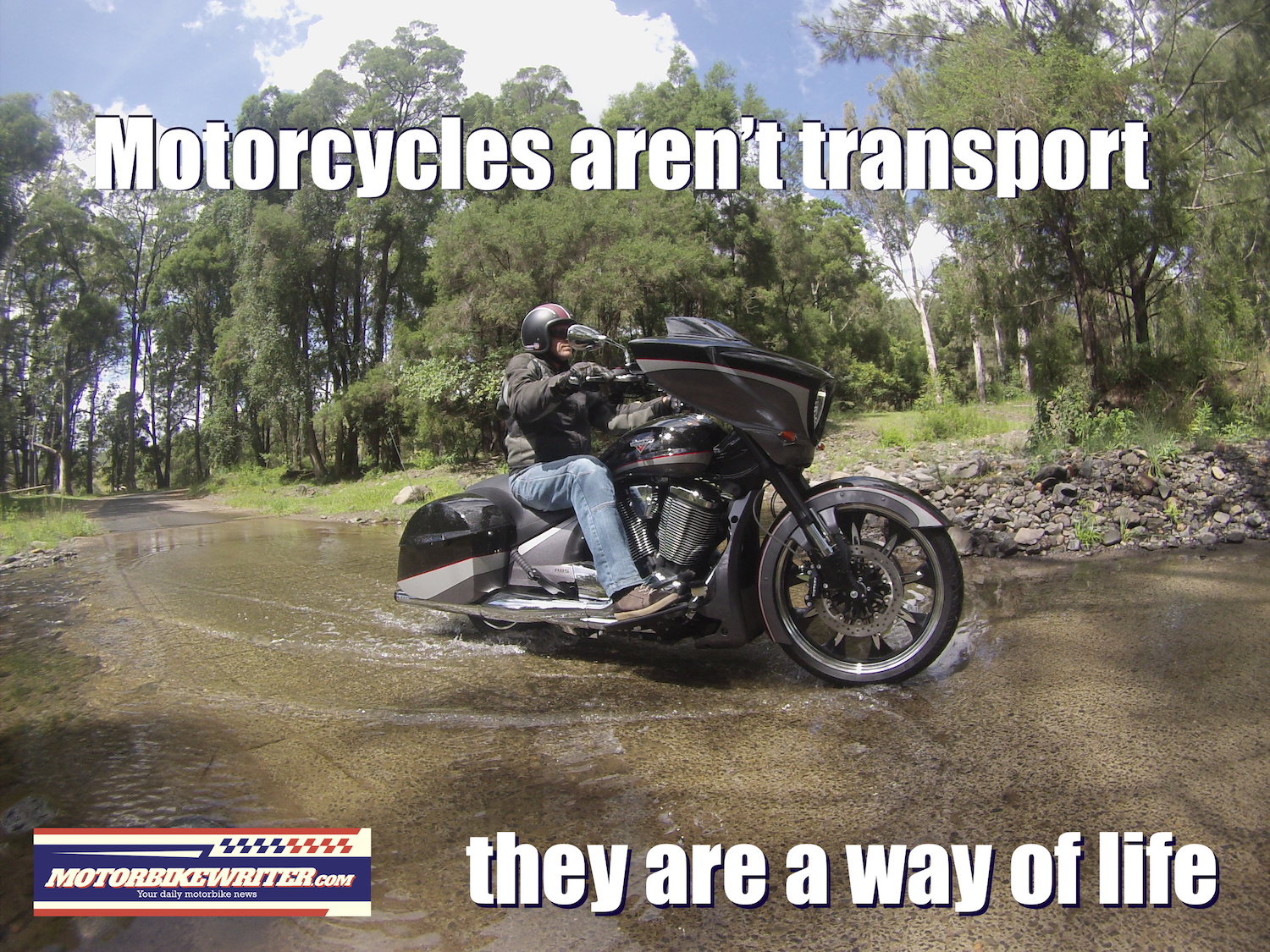There are many and varied theories on how to break in a new motorcycle from a softly, softly approach to giving it the berries right from the start.
We’re not just talking about the engine, but also the brakes, tyres and other components.
For more information on breaking in new tyres, read this article.

As for breaking in the rest of your new motorcycle, we sought tips from several experts. However, we found only one, RACQ technical officer and Suzuki Bandit fan Steve Spalding, willing to go on the record.
The concern of our anonymous sources was either that they didn’t want “squids” bugging them for advice, or they were concerned about riders suing them for incorrect advice when their bike blows up, or they simply were not totally convinced their approach was right.
So our first tip on breaking in a new motorcycle is to consult your owner’s handbook.
If you comply with what they say, then you won’t void your warranty.
The handbook is there for a reason, it contains important information about the bike’s features, operating functions and specifications.
Although it’s often overlooked by experienced riders because “it probably only contains stuff we already know” it actually has a wide range of information that the manufacturer believes is important enough for the new owner to know.
So, the handbook is by far the best reference for learning how they believe a rider should break in the new bike – after all, if the manufacturer designed and built the bike it’s only logical that they would know best how to treat it.
General tips
- Assembly standards are very high on current motorcycles, but some things do get past quality control or local assembly of shipped motorcycles. So it’s worth spending some time looking over your new bike to make sure all nuts, bolts, fittings, cable routing etc are as they should be. If not, contact the dealer without delay as the longer you leave it the harder it can be to get agreement to fix something.
- Avoid extremes of operation, it might be tempting to crack open the throttle to see how well it performs or to perform wheelies, burnouts and endos, but the initial break-in period is about allowing the mechanical components time to settle in after assembly.
- Over-revving or labouring the engine are two examples of incorrect break-in. In most cases keeping up with normal traffic flows is going to be pretty close to the ideal operating conditions for break-in. The manufacturer might suggest a rev range or amount of throttle to use, but the rider needs to use judgement in balancing engine speed and load. An experienced rider should have no problem doing this.
- A commute to work is helpful as it presents a variety of loads and revs, followed by a long cool-off, and then the ride home with another long cooling-off period. These heating and cooling cycles are important for internal engine components. Occasional short full-throttle sprints from the traffic lights also provide pressure to help the rings seat.
- Incorrect break-in can lead to premature engine wear and ongoing oil consumption problems. Modern oils which are thinner and ‘slippery’ can exacerbate this. Read our guide on mineral versus synthetic oils.
- Always stick to the correct oil specification, and change the oil as set out in the handbook. As a side note, good quality oils are one of the most affordable means of giving your engine the best protection and long operating life so saving money here is a false economy. Always replace the filter with every oil change. In the early days of the engine, it will pick up minor debris from the manufacturing process.
- Generally it is better to avoid constant speed and load riding during the early break-in period. So avoid highways for the first 200km. If you do, swap between the top two or three gears rather than leaving it in top gear. Again, riding in normal traffic should have enough variation.
- Bedding in brakes is important to ensure best stopping performance. Generally a process of several firm applications, but not severe braking, helps to remove any coatings from the pads and discs. Too little pressure in the early stages can lead to polishing and therefore poor braking. It’s also important to allow ample cooling-off of the brakes during bedding-in.
- Keep a check on the chain’s tension as there will be a period of initial stretch and it might need to be adjusted at the first service. It’s also an opportunity to get into a routine of regular lubrication to maximise its life.
- Don’t miss the all-important first service, usually about 1000km. It’s important to get rid of any internal engine “rubbish” in the oil from internal metal wear as soon as possible. The mechanic will also have a checklist of many parts and components, right down to checking loose nuts and bolts.
- After the first service, you should be ok to use your new motorcycle for the purpose it was intended! However, be aware that you may still be unfamiliar with the dynamics of your new bike, so ride safely. This is a statistically dangerous period for riders.
Dyno break-in
Even before your bike has left the factory, it is usually tested by revving it to the redline on a dyno.
So it stands to reason that you should do your own dyno run-in, according to one mechanic we asked who owns a dyno!
He even suggests having the bike trailered to his garage, rather than risk any damage by riding it from the showroom.
Revving the rings out of an engine does not necessarily destroy the engine. Harley runs a dyno drag simulator at rallies and says that even with ham-fisted riders, they’ve never blown one engine.

Here is our expert mechanic’s finicky dyno break-in process:
- If the bike has a rev limiter, he removes it and switches off traction control before placing the bike on the dyno.
- After warming up the engine, he puts it in fourth gear, and does five half-throttle dyno runs varying between 30% – 60% of the engine’s maximum revs, allowing the engine to decelerate fully without using the bike’s or dyno’s brakes.
- He then allows the engine to cool down for 10 minutes.
- Round two consists of four three-quarter throttle dyno runs from 30% – 80% of maximum revs followed by a cool down under full ram-air turbines.
- The final run consists of three full-throttle dyno runs from 30% – 100% of maximum revs, followed an oil and filter change using mineral oil.
- He advises customers to do another oil change at 3000km, this time using mineral oil.
- At 6000km, it gets another oil and filter change but with good-quality fully synthetic oil as per specifications in the owner’s manual.
“The reason I do this running-in procedure is because the engine vacuum created during closed throttle deceleration sucks the excess oil and metal off the cylinder walls and removes the tiny particles of ring and cylinder material which is part of the normal wear,” he says.
“Also during deceleration the small particles suspended in the oil blow out the exhaust, rather than accumulating in the ring grooves between the piston and rings, which is clearly visible on the dyno’s extraction scoops after every running-in process.”
He says his dyno run-in process will keep piston rings from wearing out prematurely, resulting in a bike that runs smooth and never uses any excess oil.
Conclusion
Your new bike may be your new love and not just a means transport, but use your head, not your heart.
Introduce your new motorcycle slowly to all riding conditions.
Be kind to your new love and it will be kind to you for years to come.





